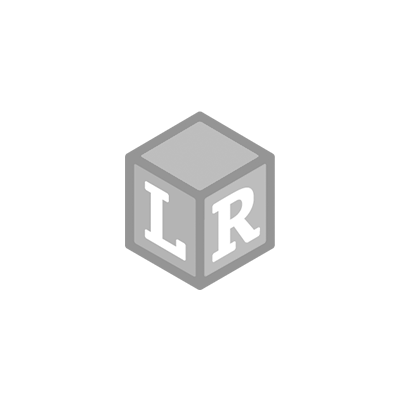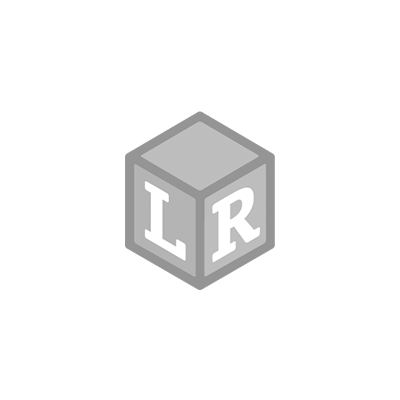
Toys for Talking- Peekaboo Learning Farm
- Patria Lincoln Posted On Mar 19, 2020 | STEM
The Learning Resources Peekaboo Learning Farm is my daughter's new favorite toy, and I can't say that I'm surprised! It makes learning so much fun, and there are a multitude of ways to play with it. Her favorites include making me sing Old McDonald while she opens up each barn and matching the animal finger puppets to the pictures in one of her farm themed books (Click here for our favorite!). Like I said...so many opportunities. 



What does the Peekaboo Learning Farm include?
- 5 colorful barns
- 5 adorable finger puppet farm animals (cow, horse, pig, chicken & mouse)

How do you use the Peekaboo Learning Farm?
The Peekaboo Learning Farm includes numbered, colorful barns that can be used to work on color identification, counting, matching, sorting, and more. Children are able to develop their fine motor skills by opening the colorful barns to find a farm animal finger puppet inside. The Peekaboo Learning Farm even encourages children to engage in imaginative play.Where can I find it?
You can find it at Learning Resources HERE or at Amazon HERE.
How can you use the Peekaboo Learning Farm to encourage speech and language development?
For receptive language development?
- Following directions: Make following directions fun with the Peekaboo Learning Farm. Have your child follow directions, such as, "give me the chicken," "open the blue barn," or even "take out the mouse and make him eat."
- Answering Yes/No questions: Before having the ability to answer Wh- questions, your child must be able to answer yes/no questions regarding things they want, objects, and actions. If your child is working on the concepts of yes and no, ask your child, "do you want the blue barn?" You could also make it a little silly to see if your child can answer yes/no questions regarding the function of the Peekaboo Learning Farm (Examples: should I eat the barn? should I kiss the cow? should I open the barn?). Want another fun idea? Pair this toy with a farm themed book. Look at the animals on the pages of the book, and ask your child if they match the animals in the barns (i.e., "Is this a pig?").
- Answering Wh- questions: Work on who, what, where & why questions while playing. Build comprehension by asking your child questions like "what is the mouse doing?," "who is in the red barn?," "where is the pig?," "why is the pig sleeping?" etc.
- Understanding spatial concepts (in/on/off/out): Work on these early developing spatial concepts by having your child take the roof off the barn, putting the roof on the barn, taking the animals out of the barn, or putting the animal back in the barn.
- Building memory skills: Play a memory game! Hide the animals in the different color barns, and see if your child can remember which animal is in which barn. Then have your child hide them for you to guess!
For expressive language development?
- Practice animal sounds: Learning animal sounds is fun, plus animal sounds are often comprised of early developing sounds, making them easier for children to say! Encourage your child to imitate you saying each animal sound. You can even try singing Old McDonald while opening up each barn. Be sure to pause at the end of the song, and wait for your child to fill in the blank (Example: here a moo, there a moo, everywhere a....)!
- Farm animal vocabulary: Talk about the different farm animals in each barn, and see if your child can label them.
- Requesting: Have your child request for the barns, animals or to open each barn. Depending on how much expressive language they have, they could use a simple word such as, "open" or "more," or a phrase or sentence like, "I want open" or "Can I have the purple barn?"
- Commenting: Encourage your child to comment throughout play. Model appropriate comments while playing with your child. Use language like, "I see a blue barn, what do you see?"
- Use of prepositional phrases: Place the animals in different locations and have your child use phrases to describe their locations. Put them in the barn, out of the barn, on the roof, or behind the barn.
- Vocabulary of action words: Pretend that the animals are doing different things and ask your child what each animal is doing. Depending on your child's vocabulary, you can focus on simple verbs like eat, sleep, and drink, or be more creative and use of verbs like swing, hop and slide.
For play development?
- Pretend play: These barns provide so many pretend play opportunities. Children can use their imaginations to pretend that the animals are eating, sleeping, playing, or even having a birthday party! The possibilities are endless!
For social language development?
- Turn taking: Develop turn taking abilities by asking your child if you can have a turn opening the barns.
- Asking questions: Model appropriate questioning during play by asking your child questions like, "What barn do you think the cow is in?" or "What is your favorite color barn?" Encourage them to ask you questions back!


 Shop UK Site
Shop UK Site 














